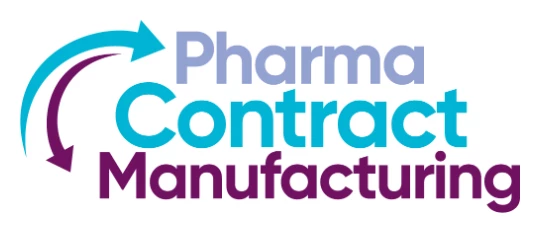Epigenetic Treatment for Down's Syndrome
Add bookmarkNatural systems surrounding the determination of gender have been repurposed to provide what may be a first step to treating Down’s syndrome.
Males have an X chromosome and a Y chromosome and females have two X chromosomes. To ensure that genes on the X chromosome are not over-expressed, there is a gene called XIST (X Inactive Specific Transcript), which works with others to silence one of the X chromosomes. The gene is transcribed from DNA into RNA but interestingly not translated into protein. Instead its RNA copies coat one of the x chromosomes and deactivate it by inducing changes to the DNA which cause it to take a more compact form. This compact, inactivated X chromosome is called a Barr body.
Down’s syndrome is a kind of aneuploidy, a disease where the person has inherited an incorrect number of chromosomes. Most kinds of aneuploidy in humans will cause the termination of pregnancy, but some kinds will continue to term; one of these is Down’s syndrome. Down’s syndrome is caused by the presence of three copies of chromosome 21 (Trisomy 21) which causes a wide variety of developmental problems and puts the person at a higher risk of many other diseases such as Alzheimer’s disease.
Diseases caused by single genes would seemingly be vastly simpler to treat with genetic therapies than those caused by a whole chromosome; however a new method may help to change that. A paper published on 17thJuly 2013 demonstrated that the insertion of the XIST gene into chromosome 21 of isolated cells with trisomy21 caused the formation of a “Chromosome 21 Barr body’. The gene was inserted into the chromosome by using zinc finger nucleases (ZFNs) to induce a targeted break and adding the gene sequence to the cell. When the cell undergoes repair to fix the break, the gene gets included.
[inlinead]
This breakthrough will add another tool for scientists to use while studying Down’s syndrome and it will allow scientists to study gene silencing more effectively. Excitingly, it may also be the first real step towards gene therapy in Down’s syndrome. It may also prove effective in other syndromes caused by aneuploidy, such as Edwards and Patau. This however is only the first step and a treatment may be a decade or more away.
It is unlikely that the development of a gene-therapy will help with the developmental signs of these diseases, however it may help alleviate or delay the development of further complications of the disease such as the development of early onset Alzheimer’s.
There remains a large amount of work to be done before a treatment will be commercially available, but as well as providing valuable scientific insights, developments such as these provide hope that those born with a chromosomal abnormality might live longer, healthier lives.





















